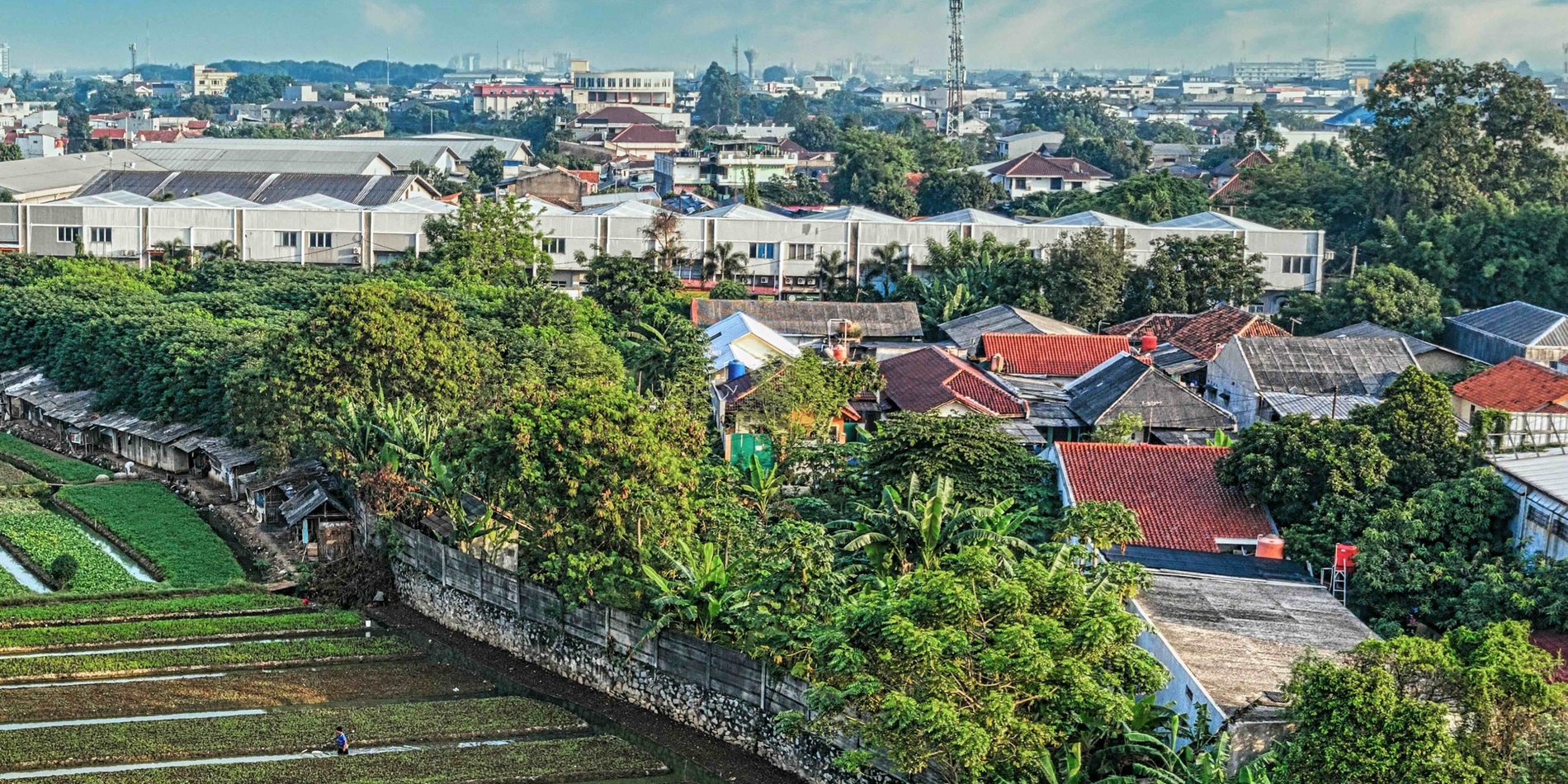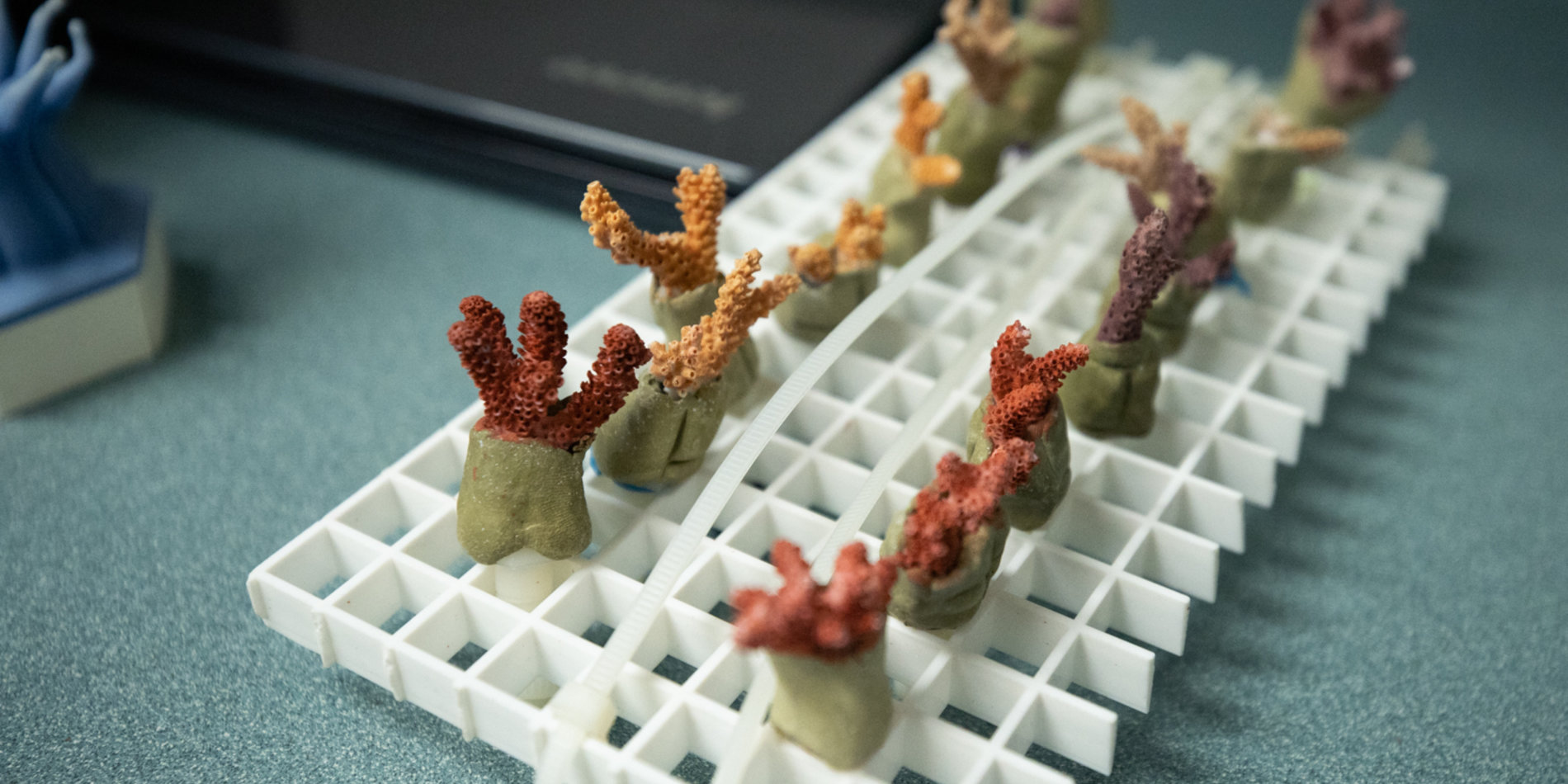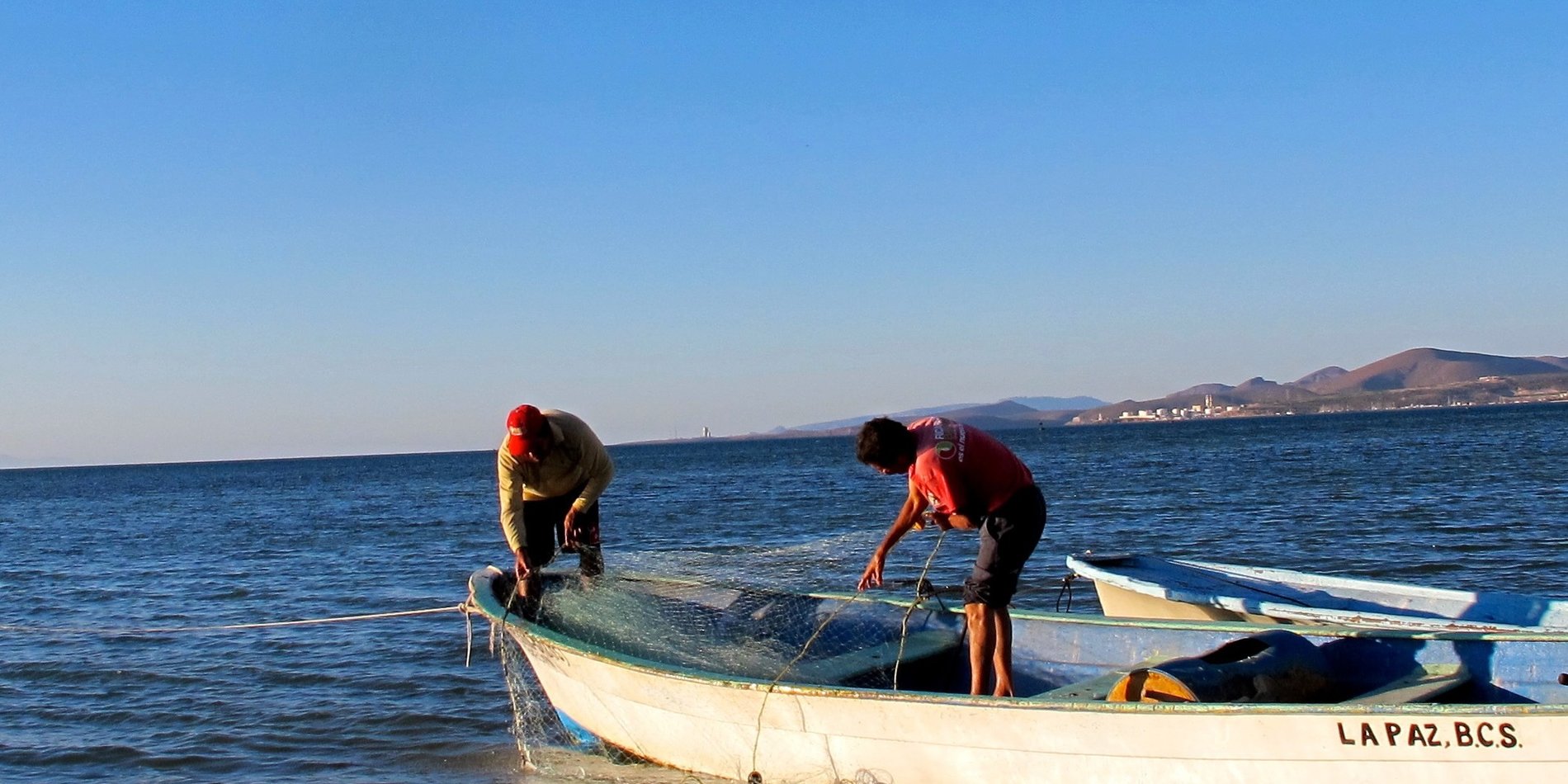Millions of people are missing out on their fair share of the $424 billion aquatic food industry
October 18, LONDON – Social, economic, and political barriers are preventing millions of people from benefiting from the world’s fastest-growing food-producing sector, a new study with Stanford co-authors has revealed.
Marine and freshwater foods, or blue foods, are a vital source of income and micronutrients, sustaining livelihoods for up to 800 million people worldwide. However, a ground-breaking new study of 195 countries has revealed that despite generating more than $424 billion globally, the benefits of the aquatic foods sector are distributed unequally, and even directly contribute to ongoing injustices.
Produced as one of six scientific papers for the Blue Food Assessment (BFA), an international joint initiative co-led by the Stanford Center for Ocean Solutions (COS), and published in the journal Nature Food, the research, entitled “Rights and representation support justice across aquatic food systems,” found the aquatic food sector supports both welfare-based benefits, in the form of jobs and affordable nutrition, as well as wealth-based benefits, in the form of revenues generated through increased production, trade, and consumption.
"Our global food systems are currently highly unequal. Analyzing barriers to participation in the blue food sector is a key step in understanding how policies can steer towards more just blue food systems," said co-lead author Zach Koehn, an early career fellow at COS.
The authors of the study call for urgent action to ensure the most marginalized people, communities, and countries, have more equal opportunities to benefit from aquatic foods in terms of trade, income, and nutrition.
“Current ongoing crises – from conflicts to pandemics – have only exacerbated global inequalities, and blue food systems are more vulnerable than ever,” said study co-lead Christina Hicks, a professor at Lancaster University’s Environment Centre.
“However, with fairer and more just access and rights, blue foods also present the opportunity to level the playing field, allowing more people to participate in and benefit from this rich and diverse sector.”
However, social, economic, and political barriers mean that countries most in need of welfare-based benefits tend to be excluded from the wealth-generating benefits, limiting their potential for growth.
The international team of authors, which included experts from the natural, social and health sciences, further highlighted a tension between the two, in which the pursuit of wealth benefits risks undermining the vital gains to human welfare from aquatic foods – including supporting jobs and nutrition. For example, in some countries export-led economic growth could undermine the jobs supported by, and nutritional quality of, current fisheries and other aquatic food systems.
Across many countries, social, economic and political barriers were found to prevent these benefits from being distributed to people more equally. For example, lower-income countries produced and consumed fewer aquatic foods, despite employing more people. The study also found that policies often fail to account for gender-related constraints despite evidence that greater equality for women supported more affordable food, and in production, could reduce the number of food insecure people by 17 percent.
“While 45 million of those directly involved in the aquatic food industry are women, with a majority of these engaged in post-harvest processing and sale, policies nonetheless often fail to account for gender-related constraints, with implications for incomes and household consumption,” said study co-author Nitya Rao, director of the Norwich Institute for Sustainable Development at the University of East Anglia.
The new research suggested that policies based on principles of justice and human rights, with inclusive decision-making processes that accounted for drivers of injustice, could support more just outcomes for aquatic food systems.
“Global seafood and other aquatic food systems generate huge economic revenues and blue foods contain large quantities of micronutrients that are absolutely essential to the health and wellbeing of millions. However, our study shows that the system as it stands is not fairly distributing the benefits of these resources and identifies the multiple barriers that need to be overcome,” added Hicks.
“This is a crucial step in ensuring an equitable balance between welfare and wealth benefits and across nations, which is critical to ensuring blue foods can address undernutrition and poverty for millions of people across the globe.”
The study calls for appropriate policies to be adopted to ensure the benefits from producing, consuming and trading aquatic foods can be accessible to all.
Other co-authors from the Stanford Center for Ocean Solutions include Shinnosuke Nakayama, Kai Lee, Elizabeth Selig, and Colette Wabnitz. The Stanford Center on Food Security and the Environment’s Roz Naylor, co-lead of the Blue Food Assessment, was also involved in the study.
About the Blue Food Assessment
The Blue Food Assessment (BFA) is an international joint initiative bringing together over 100 scientists from more than 25 institutions. Led by the Stockholm Resilience Centre at Stockholm University, the Center for Ocean Solutions and the Center on Food Security and the Environment at Stanford University, and EAT, the Blue Food Assessment supports decision-makers in evaluating trade-offs and implementing solutions to build healthy, equitable and sustainable food systems.



